Unlock the Magic in Your Story Now
Get the Free 20 questions to Ask Before Launching Your Idea workbook when you sign up for occasional updates.
Get the Free 20 questions to Ask Before Launching Your Idea workbook when you sign up for occasional updates.
Articles filed in: Marketing
How To Disrupt The Market
 Do you remember the days when printed news was so valued that there were two editions of the daily newspaper? People waited at the local shops for evening editions to arrive at 4pm and paperboys weaved between cars which were stopped at a red light during rush hour where drivers also waited with exact change to receive the news.
Do you remember the days when printed news was so valued that there were two editions of the daily newspaper? People waited at the local shops for evening editions to arrive at 4pm and paperboys weaved between cars which were stopped at a red light during rush hour where drivers also waited with exact change to receive the news.
My grownup sons have never bought a newspaper and they never will. They don’t wait to receive the news, they make it appear on demand when they want it, on their terms. The double-digit decline in newspaper circulation isn’t a surprise and it’s certainly not news to anyone anymore.
We might say that the Internet and mobile devices disrupted the print media market. But before innovation can disrupt the market it must disrupt the moment—that point where a single person feels or perceives something that causes them to change how they act. Everyone didn’t stop buying newspapers back in 2007 when Twitter launched. It isn’t one sudden seismic shift that creates change, but a billion tiny incremental movements in the moment.
We are often impatient when we want to change how people act (which is why marketing exists after all). This impatience is the reason health campaigns and other traditional marketing efforts often fail to miss the mark. They try to change everything and everyone all at once. But lasting change doesn’t happen that way.
If you want to disrupt your market look for opportunities to change a single micro-moment, one person at a time.
Image by Dmitri Korobtsov
What Problem Are You Solving?
filed in Marketing, Storytelling, Strategy
 Every venture capitalist will tell you that the best startup pitches focus more on the problem than on the solution. A potential investor may give you just a single sentence to make them understand why your idea will succeed in a world where most people have what they need.
Every venture capitalist will tell you that the best startup pitches focus more on the problem than on the solution. A potential investor may give you just a single sentence to make them understand why your idea will succeed in a world where most people have what they need.
And yet, as business owners we get so caught up in our solution that we forget to focus on the problem we solve and who we solve it for. Framing the problem you solve in just one sentence is a great discipline and one that most businesses have never practiced, which is why the ones that do succeed.
The Single Sentence Problem
Warby Parker—Why do glasses cost as much as an iPhone?
Dropbox—People have no reliable way to store, access, update, save and share their files and data from one place, a USB or an emailed file doesn’t cut it.
Mint—’You spend the majority of your life working for your money, but do you know how your money works for you?’
Dollar Shave Club—Men are paying too much for shave tech they don’t need.
Swish Online—Australian bloggers can’t access quick and easy website support from a human in real time when they have a problem.
Uber—Why can’t I just push a button and get a ride?
Now it’s your turn.
Image by Emil Zakhaviev.
Shortcuts And Workarounds
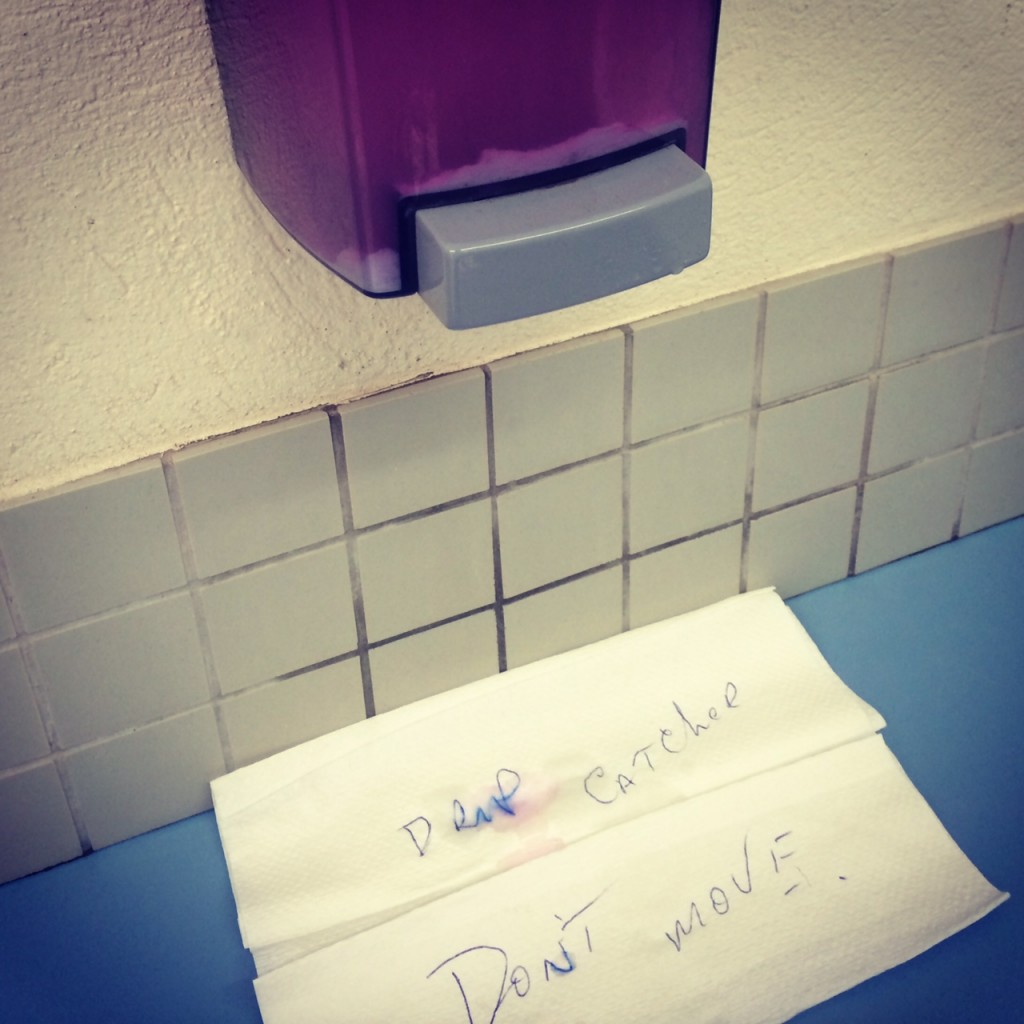 I found this shortcut under the soap dispenser in the ladies toilet at a local cafe and it made me smile. It also made me think about the person who put it there, someone looking for a shortcut in a moment of efficiency
I found this shortcut under the soap dispenser in the ladies toilet at a local cafe and it made me smile. It also made me think about the person who put it there, someone looking for a shortcut in a moment of efficiency
(or procrastination)—as we all do.
What if your shortcut isn’t really a shortcut? What if the only shortcut is actually sitting yourself in the chair and doing the work, or walking across to your boss’s office to have the awkward conversation.
You can waste a lot of time trying to manage the effects of the drip, or you can solve the problem.
Sometimes the best workaround isn’t to find a workaround at all.
How Should The Shift To Mobile Affect Your Marketing?
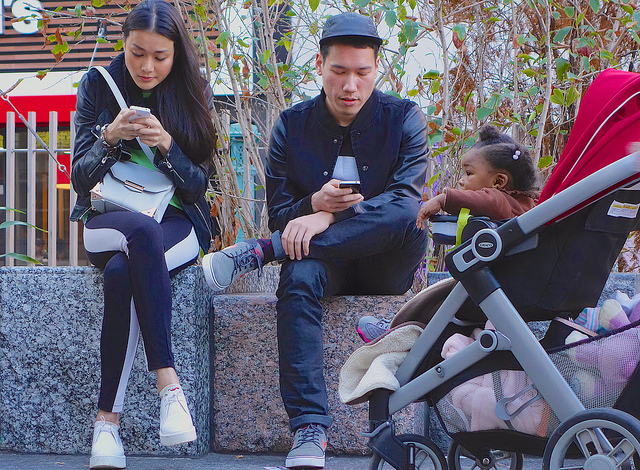 As the tag team of baristas was making my coffee one morning, I noticed the girl with the milk jug take her phone from her apron pocket and begin scrolling through her Facebook feed while she waited for her partner to pull the shot. More proof if I needed it that our mobile devices are no longer a utility—they are a reflex.
As the tag team of baristas was making my coffee one morning, I noticed the girl with the milk jug take her phone from her apron pocket and begin scrolling through her Facebook feed while she waited for her partner to pull the shot. More proof if I needed it that our mobile devices are no longer a utility—they are a reflex.
The statistics about how people are accessing your ideas, content and marketing messages are hardly relevant anymore. The shift to mobile is no longer news, it’s a fact of life.
As marketers we spend a lot of of our time focusing on how and where we are going to reach people. But what’s more important to understand than how people behave, is what’s driving that behaviour and what the opportunity is for you to influence it. It’s not the adoption of the device or platform that’s important, it’s how access to the platform changes how people, feel, think and act that you need to focus on.
It isn’t just where you meet people that counts, it’s how you show up for them within the context of their lives that matters. Yes, you need to meet your customers where they are, but how are you going to make an impact on them when you do?
Image by Ed Yourdon.
Winning In The Difference Economy
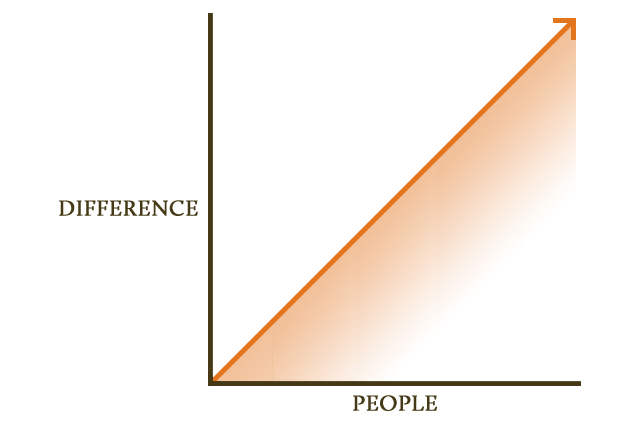 I’m not sure what department stores look like on a Tuesday afternoon in your neighbourhood, but in mine they are like ghost towns. Whole floors full of stock that changes with the seasons waiting to be bought by someone (they don’t know who), who happens to stop by. We all know the stories of the Davids beating Goliaths in the marketplace over the past decade—Borders losing out to Amazon and Blockbuster dying because of Netflix are just two examples.
I’m not sure what department stores look like on a Tuesday afternoon in your neighbourhood, but in mine they are like ghost towns. Whole floors full of stock that changes with the seasons waiting to be bought by someone (they don’t know who), who happens to stop by. We all know the stories of the Davids beating Goliaths in the marketplace over the past decade—Borders losing out to Amazon and Blockbuster dying because of Netflix are just two examples.
Ask any business analyst why this happened and you’ll get a variety of answers. These companies were too slow to respond to shifts in the market, they didn’t embrace digital quickly enough, or they had too many layers of bureaucracy. What this all boils down to is two things.
1. They didn’t meet their customers where they were.
2. They were so focused on operating in the present, that they didn’t see where their customers might be in both the near and distant future.
If we look at some of the runaway business success stories of our time Dropbox, Uber, Warby Parker, Airbnb, Apple, Starbucks and Patagonia we find that they all have something in common. They knew who their customers were or would be and they built their businesses around being responsive to them. Their continued success is powered not by sales teams and marketing departments, but by creating difference for people, one person at a time.
The bigger the difference they create, even in the tiniest niche, the more (not the most) people they touch, the more successful they become.
The businesses that are winning in the difference economy are the ones that impact people on a personal level by staying relevant, they also shape culture by being responsive to the changes that a digital world has enabled.
The difference economy values and rewards businesses that put customer’s needs, wants and unexpressed desires first. Businesses that are built to respond to those needs, not simply to react to changing seasons and upcoming holiday periods. From coffee to computers, travel to data storage, the brands that succeed wildly are the ones that work hardest of all to see their customers before they build a thing.
We Need To Stop Telling Customers What We Do
filed in Marketing, Storytelling, Strategy
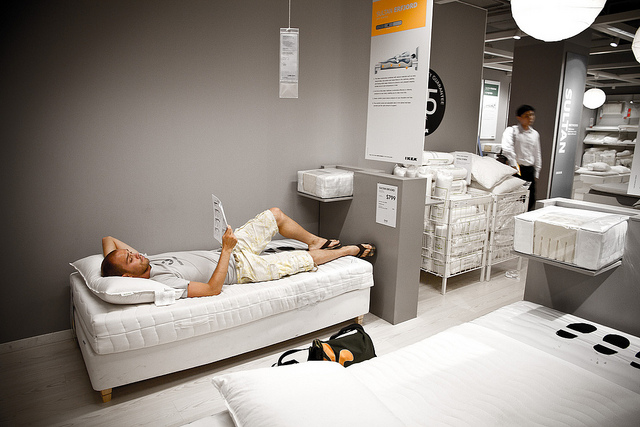 I’m driving along behind the white Ezy Tiles van, when we stop at a red light and I get close enough to read their sales pitch, which is an image and a single line.
I’m driving along behind the white Ezy Tiles van, when we stop at a red light and I get close enough to read their sales pitch, which is an image and a single line.
The picture is of three guys wearing dust masks that look like something you’d see in a documentary about chemical warfare. Each one is brandishing some kind of heavy duty drill that it seems could demolish a room in minutes. The dust cloud that surrounds them obliterates the view of the river from the balcony in the background.
“We remove tiles and floors,” the tagline on the white van shouts at me.
“No you don’t,” I can’t help thinking.
“You come into my home and leave a trail of dust and destruction in your wake.”
While I might need old tiles to be removed, what I really want is a smooth, level surface to lay my gorgeous new tiles on.
It goes without saying that your process needs to delight customers every step of the way.
But your customers don’t want to know what you do. They want to know how you’re going to enable them to do what they want to do.
There’s a reason IKEA leaves the instructions and the confusing assortment of screws inside the packaging.
People almost never buy the process. They buy the result.
We really should be selling them what they want to be sold.
Image by Marcus Linder.
The Truth About Starbucks And The $4 Coffee
filed in Marketing, Storytelling, Strategy
 Before Starbucks you could buy your morning coffee for a dollar or two.
Before Starbucks you could buy your morning coffee for a dollar or two.
So how was it possible for Starbucks to more than double the price of coffee overnight?
The truth is that Starbucks didn’t actually invent the $4 coffee—they created the $2 experience.
$2 felt like a bargain for the feeling of belonging in a comfy chair at ‘the third place’.
A place we now feel a connection to at the sight of a single green straw, even when we’re not in it.
And a place we didn’t even know we wanted until Starbucks showed us that we clearly did.
As a marketer your job is not to convince people that your product or service is better and therefore worth more. Your job is to find, understand and serve the people who are ready to believe a different story about where the value really lies.
Image by Bart Heird.
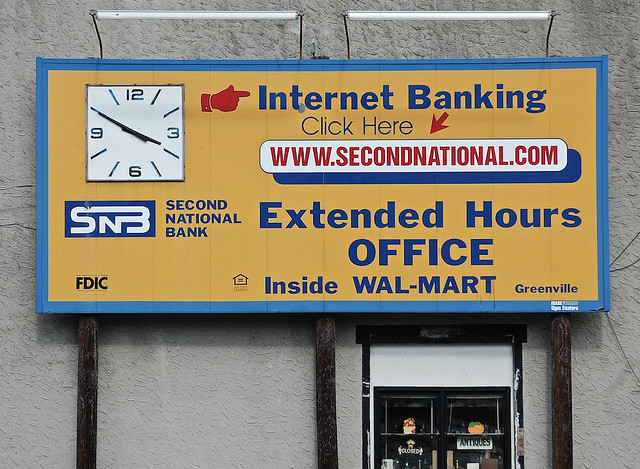 How do you feel when you click on a banner ad?
How do you feel when you click on a banner ad?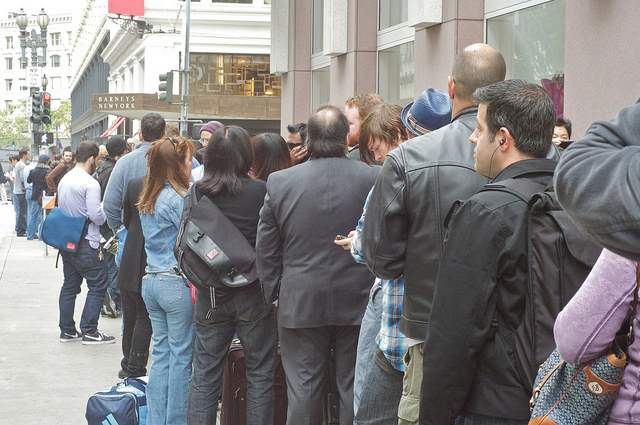 Every time I upgrade my phone the guys at Virgin try to convince me that there are much better options than the iPhone. When they ask me why I prefer the iPhone I never have a definitive answer. It’s not always easy to put that kind of value into words.
Every time I upgrade my phone the guys at Virgin try to convince me that there are much better options than the iPhone. When they ask me why I prefer the iPhone I never have a definitive answer. It’s not always easy to put that kind of value into words.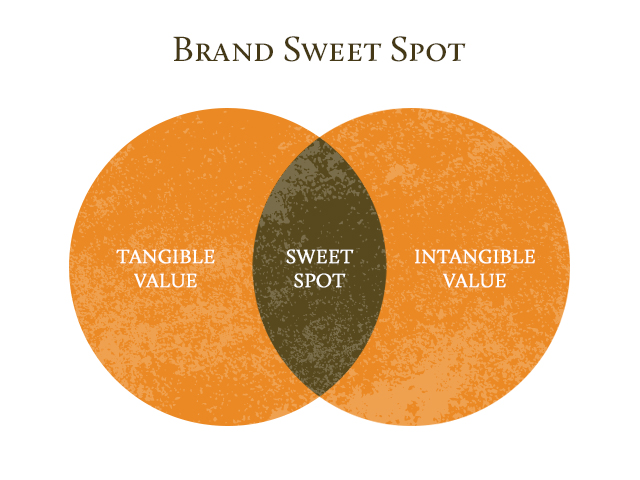
 The middle-aged couple at the garden centre stood with furrowed brows as the sales assistant explained the difference between the varieties of lemon tree. They took a step back and almost looked alarmed when he explained how one particular variety would bear a lot of fruit, but could become tall, straggly and unmanageable. Huge smiles of relief spread across their faces when he finally led them to a tree that would give them less fruit, but only grow to about a metre tall.
The middle-aged couple at the garden centre stood with furrowed brows as the sales assistant explained the difference between the varieties of lemon tree. They took a step back and almost looked alarmed when he explained how one particular variety would bear a lot of fruit, but could become tall, straggly and unmanageable. Huge smiles of relief spread across their faces when he finally led them to a tree that would give them less fruit, but only grow to about a metre tall.